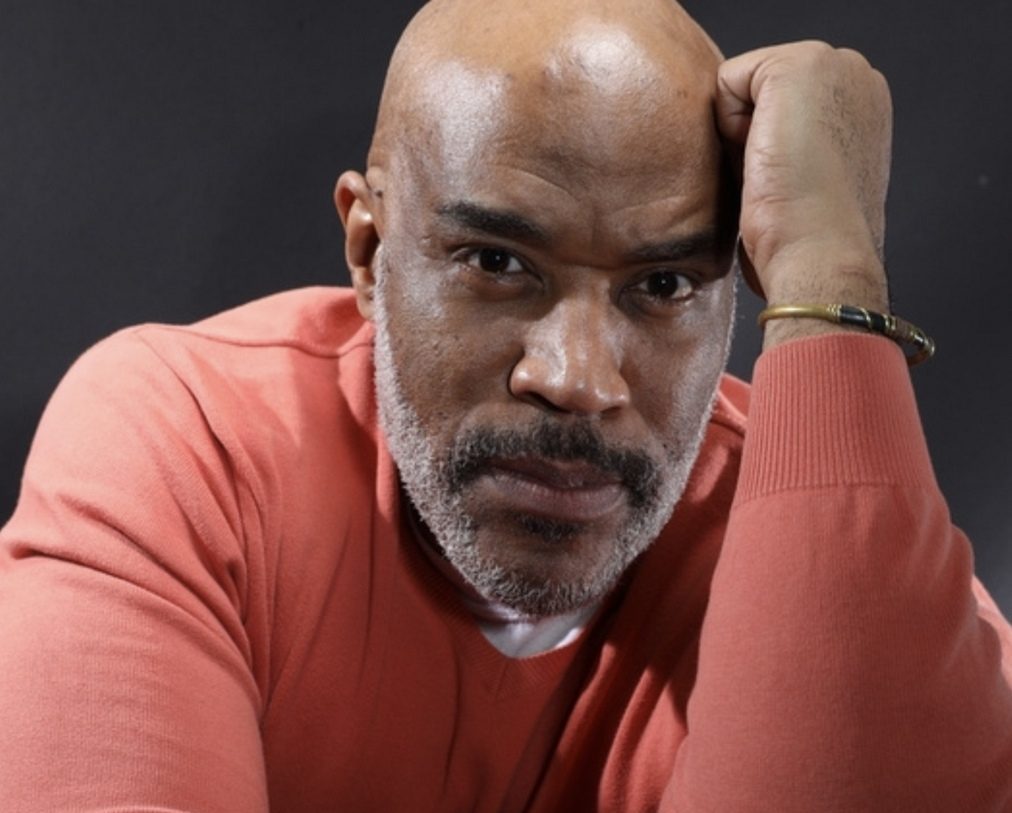[ad_1]
By Sean Yoes, AFRO Baltimore Editor, [email protected]
The Summer of 2019 is unofficially over and good riddance.
As of Sept. 3, Baltimore registered 230 homicides, on pace to once again eclipse the horrible 300 murder mark for the fifth year in a row.
There was a murder (29), for almost every day of July. There was a murder (29), for almost every day in August. And during the Summer of 2019 we also witnessed a new phenomena of the mayhem, which has gripped this city; the repeated shooting of members of the Baltimore Police Department (BPD).
In a month in a half, from July 15 to Aug. 29, at least three cops were shot; one at a methadone clinic, another during a brazen daytime robbery attempt on his front lawn, and a third was shot in the lower leg after another police-involved shooting where the suspect was killed.
One of the foundational governing narratives of the street used to be you don’t shoot cops.
Clearly, things have changed.

But, are we experiencing just another horrible spike in violence, or is this something different? Are we experiencing the precursor of another Uprising?
From Aug. 17 to Aug. 29, four teens were killed in less than two weeks. The latest teen victim was 16-year-old Milton Carrington. There were two other teens (ages 14 and 15) shot during the quadruple shooting (the other gun victim was 33), which took young Carrington’s life. He reportedly was a participant in the “Bmore Beautiful” program, where he helped clean up his East Baltimore neighborhood. The four shooting victims were allegedly members of the same family waiting for a food order in the 2500 block of East Baltimore Street.
Twenty-four hours later, there was another quadruple shooting, which took the life of Karen Lovings, a 51-year-old woman. And three days later on Sept. 2, there was a triple shooting, which ended the life of an unidentified man, who died in the 5200 block of Loch Raven Ave., on the Eastside.
Beyond the shootings and heinous homicides, there was also a series of violent, daytime robberies, several caught on camera, via the network of cameras all over the city. Real talk, the aggressive, somewhat unhinged nature of the attacks and robberies had me a little shook and even more vigilant than usual as I have walked the streets of the city (which I do everyday).
People debate over the words “riot” and “Uprising.” They also debate whether or not to capitalize the “U” in Uprising. I’m pretty clear on all of it.
For me, an example of a “riot” is when a bunch of drunk college kids exit a football game; and simply because they feel like it, hooligans start vandalizing cars and setting trash cans on fire (this behavior is typically also exhibited when the Red Sox lose or win the World Series).
After the murder of Dr. King in 1968, the series of violent and perilous events that took place in dozens of cities across the nation including, Watts, Detroit, Washington, D.C. and Baltimore, have been historically known as “the riots.”
During these so-called riots, dozens were killed, thousands were injured and countless properties were destroyed.
Of course, the death of Dr. King sparked the violence and destruction in 1968. Yet, the underlying causes of housing discrimination, poverty, police brutailty and other manifestations of systemic White supremacy were pervasive.
During the Baltimore Uprising of 2015, the death of Freddie Gray while in police custody sparked violence and destruction in April of that year. Yet, the underlying causes of housing discrimination, poverty, police brutality and other manifestations of systemic White supremacy are pervasive, they persist.
Something is going on, something we should pay close attention to.
Sean Yoes is the AFRO’s Baltimore editor and the author of ‘Baltimore After Freddie Gray: Real Stories From One of America’s Great Imperiled Cities.’
[ad_2]
Source link

